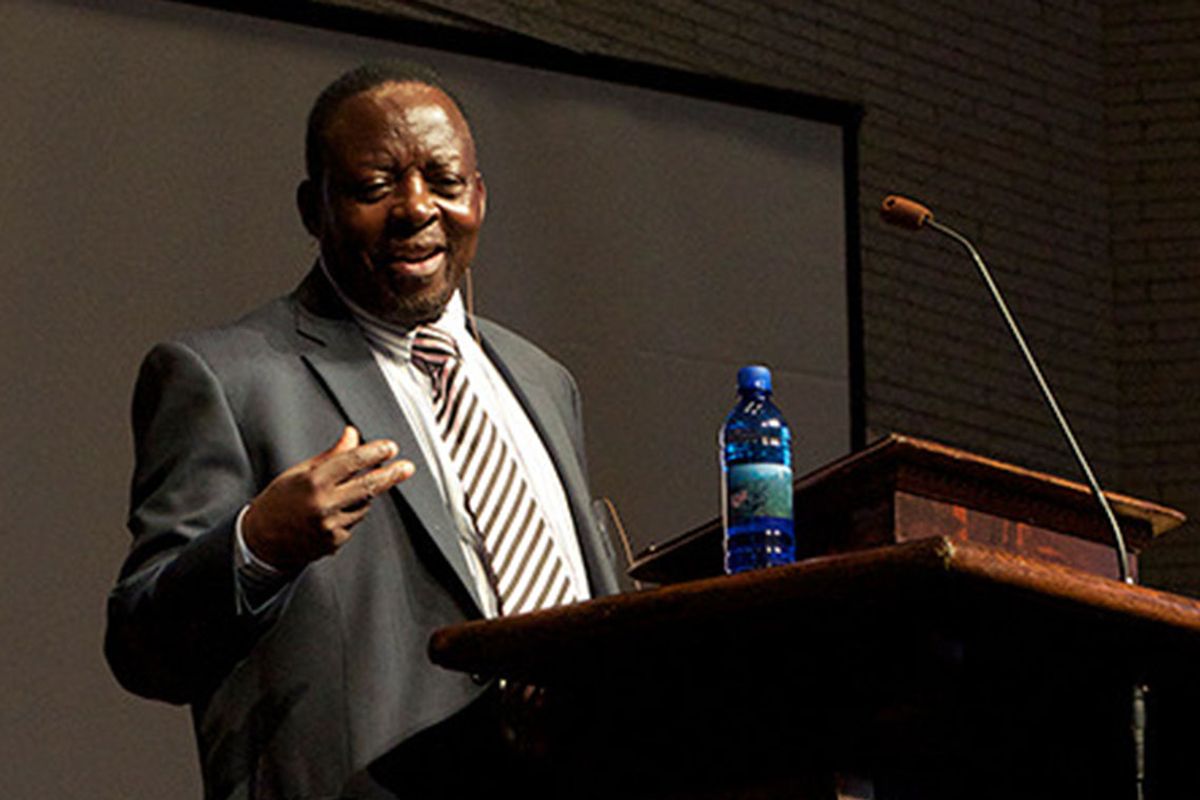
The publication of the biography of the Reverend Doctor Kefa Sempangi, “For the Life of Another”, should not be a silent event. Yet, this is what I witnessed when I came across a jacket of his biography, thrown around a strewn of papers in Station Road. It is the backyard of the busy publishing industry behind Nasser Road.
Then, reflections came to mind. First, Sempangi set up the Africa in Nairobi in the Idi Amin’s 1970s for Ugandans, who became refugees running away from the regime. Sempangi himself was to become an exile victim of the rapacious Field Marshal.
But it had not been initially like that with Amin. As a university student in Makerere University studying Fine Art in the late 1960s, Sempangi had come under Amin’s attention when Amin asked him to interest members of his Youngsters of Uganda Students’ Association to join the army. Amin even initially interested Sempnagi to join the army; and enticing him to join the prestigious British Sandhurst Military Academy. That was not to happen.
Instead, the Church attracted Sempangi’s attention; he became a Pentecostal “savedee”. As such, he had come to the attention of the Ghanaian pastor-prophet, Obiri Yeboah. Unfortunately for Sempangi, Yeboah had in one of his sermons prophesied that Amin would be overthrown. This had come to Amin’s attention; and that Sempangi was an associate of Yeboah. So, Amin wanted to arrest and, most probably, kill both of them.
So, Sempangi ran away to Britain, where he subsequently joined the Royal College of Arts for his degree. Yeboah was to die in a car accident along Jinja Road at Mabira Forest. He proceeded to the United States for a Master’s degree in Divinity; that is where the idea for Africa Foundation was hatched. Then, he worked his way to Nairobi.
It is here that he joined other Ugandan exiles in the conference at Moshi in Tanzania that fleshed out Amin’s ouster in 1979. His involvement in this political activity led him to chair the nascent National Consultative Council (NCC) that became the post-Amin Parliament in 1979. He had other subsequent positions in politics.
But politics did not stay long in Sempangi’s mind. It was his philanthropy that took over. Africa Foundation and his spiritual interests converged in the Kisenyi slum where Sempangi established the Presbyterian Church, which gave rise to other associated churches such as: the Redeemed Church; the Reformed Church of Uganda; the Deliverance Church; the Full Gospel Mission; and other associated Pentecostal churches that are present in the country today, preaching the “Saved Gospel”.
Africa Foundation became the vehicle for the care of orphans and other disadvantaged children. It was to create nine slum-based homes for these children. The biggest of these homes was at Lohana Academy, which housed between 600 to 800 children. Over the years, Africa Foundation rescued more than 6,000 orphans and poverty-stricken children from poverty.
At his 80th birthday celebrations in his Summer Gardens leisure resort, the “street children” he had “fathered” were the leaders and organizers of the event. One of the Africa Foundation’s “children”, who is a big shot in Kigali, Rwanda, paid for the event.
Indeed, many of these beneficiaries of the Sempangi philanthropic largesse can be found in numerous corners of the world in influential positions. Said Sempangi’s same-age friend, the Rev. Joseph Musiitwa, who was at the celebrations, said; “He doesn’t have the records of all the children he has catered for.”
The three authors of his biography; Messers: Frank Semakula, Raymond Mayega and Samuel Seyonjo, themselves involved in church work, have been appreciating this involvement. Still, it cannot come close to what the ”street children” can give in their feelings, for being rescued from the abject life conditions.
The birthday celebrations marked it. Mr. Mark Kiwumulo, one of the-then street children, encapsulated this cumulative feeling when he broke into a rendition of the song that they termed the Children’s anthem, “Celebrating a Living Soul”. It might have been the title of the biography, which now goes by: “For the Life of Another. “














Ikebesi Omoding
Ikebesi Omoding is the acclaimed author of a weekly column titled: From the Outside Looking In
Leave a Comment
Your email address will not be published.